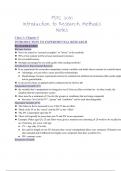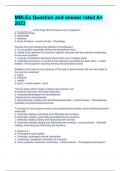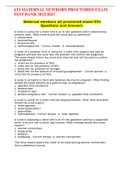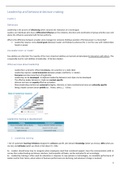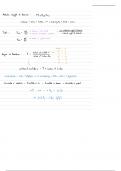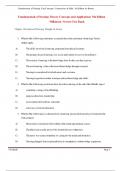Class notes
PSYC 2030 Introduction to Research Methods York University Lecture & Reading Notes
- Course
- PSYC 2030 (PSYC2030)
- Institution
- York University (Ebor )
These are the complete notes for Jubis' PSYC 2030 Introduction to Research Methods class at York University. This includes all detailed and organized lecture and reading notes with images.
[Show more]
